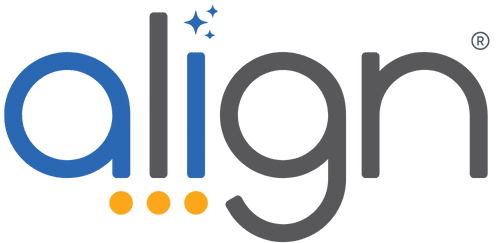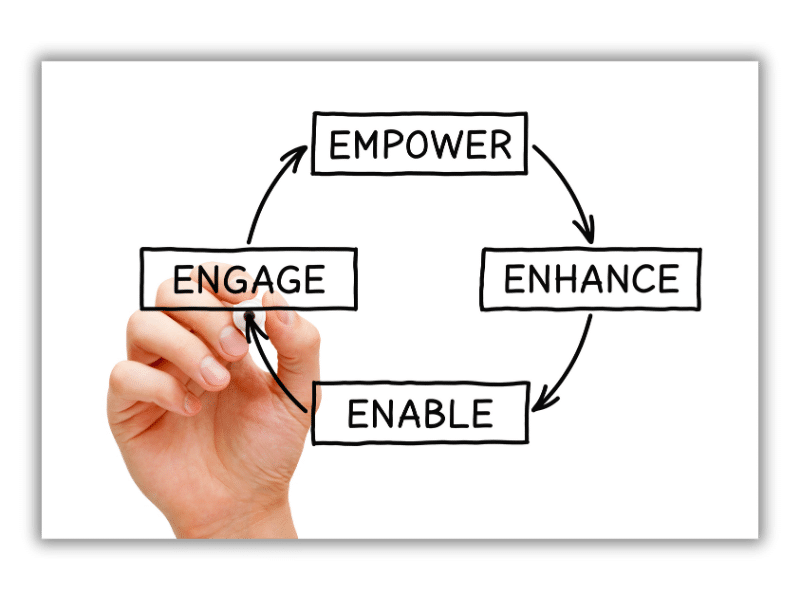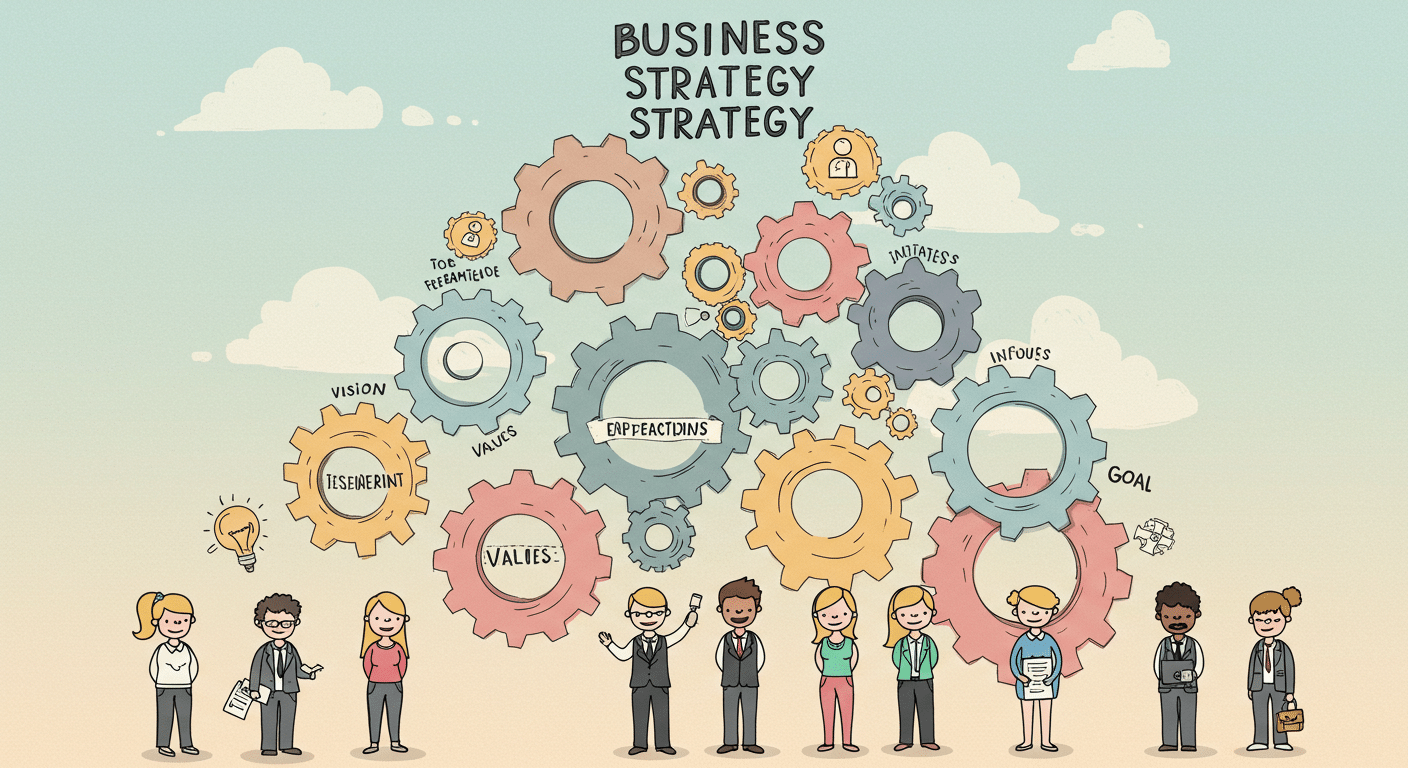The Execution Gap: How to Empower Your Client’s Emerging Leaders
We all know that execution breaks down without alignment at the top, but what about the middle?
Too often, team leads or key functional leaders are the missing link between strategy and action. They’re tasked with translating big-picture goals into frontline execution, yet they’re rarely equipped with the tools, visibility, or decision-making authority to do it well. The result? Missed priorities, burned-out execs, confused teams, and growth that stalls out in the gap.
As a coach, helping your clients build a strong, empowered, and aligned layer of future leaders might be the smartest move you can make to help them grow and scale.
Let’s unpack why this group matters and what you can do to ensure they’re not just informed, but engaged.
🚧 The Problem: Execution Falls Apart in the Middle
Even with a well-run executive team, things often break down as soon as strategic priorities leave the boardroom. That’s usually because lower-level team members are stuck in an awkward middle ground:
- They’re expected to “own” execution, but weren’t involved in setting the strategy
- They’re asked to lead, but don’t have access to the full plan or progress visibility
- They’re told to be accountable, but don’t have a seat at the Huddle
It’s not a talent issue. It’s a systems issue, and one that can be solved.
🛠 The Fix: Engage the Middle with Tools, Visibility, and Ownership
Here’s how you, as a coach, can help your clients build a stronger layer of leadership and unlock growth from the inside out.
1. Bring Team Leaders into the Strategic Conversation Too often, priorities are handed down like commandments. Instead, coach your clients to include department heads and team leads in quarterly planning sessions, or at least give them visibility into the One Page Plan and the why behind the company’s goals.
2. Assign Ownership That Matters Empower emerging leaders by giving them real responsibility. Use quarterly priorities to assign meaningful projects directly to team leads, not just executives. When employees see their name next to a strategic outcome, engagement goes up. So does accountability.
3. Make Progress Visible Across Layers Encourage your clients to use dashboards, allowing leaders to track their own teams’ metrics in real-time. This reduces dependency on execs to relay information and gives the middle the tools to lead from the front.
4. Include Them in the Rhythm of Communication Don’t let the Weekly Huddle be a leadership-only ritual. Coach your clients to cascade Huddles down to departments and teams, creating a culture of alignment that lives at every level.
5. Invest in Their Development Next-level leaders are the bench strength of any growing company. Encourage your clients to use 1-on-1 meetings to coach their team leads, not just review tasks.
🌟 The Payoff: Faster Growth, More Accountability, and Stronger Culture
When key players outside the executive team are also aligned, equipped, and empowered, your clients will see:
✅ Smoother execution across departments ✅ Less top-down micromanagement ✅ Improved team morale and communication ✅ A leadership pipeline for future growth ✅ A more scalable, sellable business
Misaligned employees are silent blockers. Engaged ones are the engine of scale.
🎙 Podcast Resource – Coaching for Leaders Podcast – “How to Better Support Middle Managers”: Featuring McKinsey’s Emily Field, this episode dives into the critical role middle managers play in execution, the challenges they face, and practical steps senior leaders can take to empower and support them.
It’s a timeless coaching tool you can assign to clients or use to structure a coaching session discussion
📘 Coach’s Book Club: Turn the Ship Around! by L. David Marquet
A fantastic leadership book that flips the traditional hierarchy and gives employees at every level the tools and language to lead. Perfect for coaching sessions focused on empowerment and accountability.
✅ Coach’s Challenge for the Month
Select one client who has great executive alignment, but a weak middle layer.
Work with them to:
- Assign one quarterly priority to a department lead
- Set up a dashboard in Align to track key metrics and KPIs
- Launch a weekly Huddle for that team
Then debrief on what shifted: visibility, behavior, energy, outcomes.





